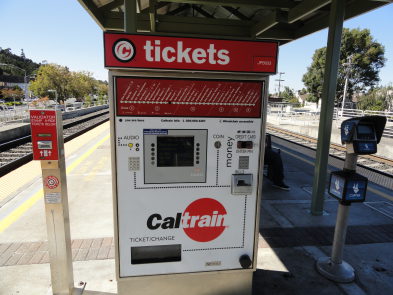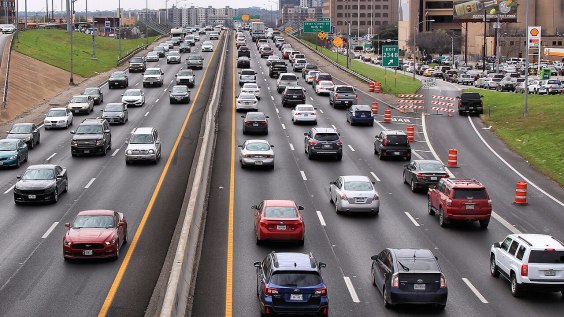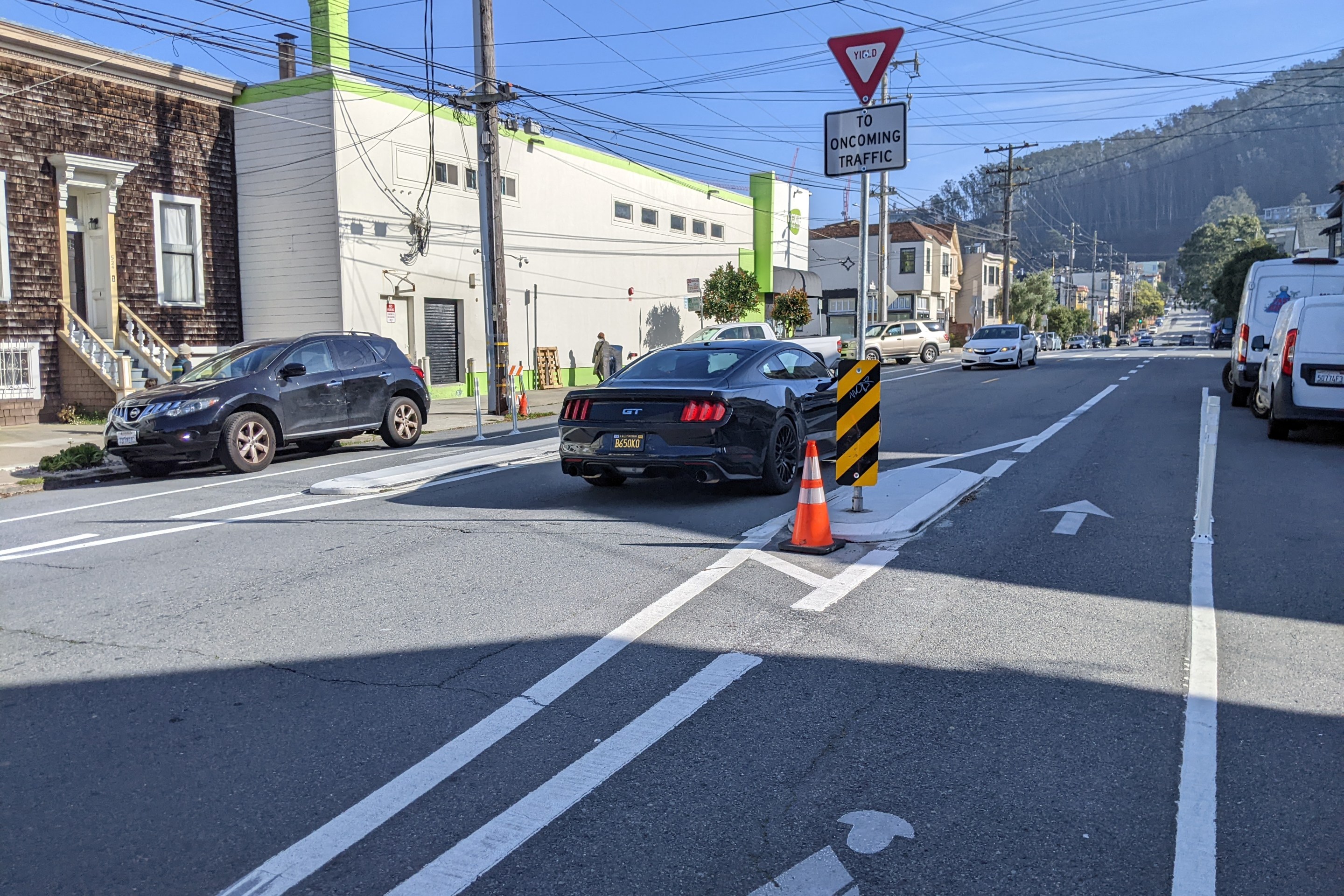Caltrain's Board of Directors approved a set of fare increases last week that will raise up to $598,000 in farebox revenue. Caltrain will hike prices for its annual unlimited-ride Go Pass, paper one-way tickets and day passes, and special-event parking fees. Farebox revenues are projected to total $75 million in 2015, paying 60 percent of Caltrain's $126 million operating budget.

Most of the new revenue will be raised by a 15 percent increase in fees for Caltrain's Go Pass program, which currently provides discounted annual passes to 81 participating employers. Employers currently pay $165 per year per full-time employee (or a flat fee of $13,750, whichever is greater) to receive unlimited Caltrain rides for all of their employees for one year. This annual fee will rise to $180 per employee (or at least $15,120) on October 5, 2014, and then to $190 per employee (or at least $15,960) "beginning in 2016".
This pricing structure makes the Go Pass program cost-effective only for larger employers, who can provide free Caltrain passes as a valuable employee perk. Introduced in 2003, the Go Pass program has generated a reliable and growing ridership base and increasing farebox revenue for Caltrain, with over 40,000 workers now eligible for the free passes. But as Go Pass expands, revenue per passenger trip declines, because the passes are sold at a deep discount compared to regular monthly passes -- a growing concern as peak hour trains become increasingly crowded.
The higher Go Pass fees will generate an additional $600,000 for Caltrain in 2015 and $1 million in 2016, assuming that the number of total eligible employees remains stable. Even at the $190 per employee annual fee that Caltrain will charge in 2016, Go Passes are far cheaper than the private shuttles operated by some large Silicon Valley companies.
"Evidence suggests that employers would stay [in the Go Pass program]," wrote Friends of Caltrain Director Adina Levin last year, citing data from the Valley Transportation Authority's (VTA) corresponding EcoPass.
But Caltrain is still probably leaving millions on the table, since even employers with high participation rates get a huge discount per employee compared to regular adult monthly fares. The largest participant in the Go Pass program, Stanford University, has seen the share of its faculty and administrative staff using Caltrain jump from just four percent in 2002 to 24 percent in 2013. With about 13,000 faculty and staff, Stanford now pays $2.2 million annually for Go Passes, or $700 per employee who actually take the train to work. Without this discount, the university would pay twice as much for two-zone monthly passes for its employees who use Caltrain, and three times as much for three-zone monthly passes.
In an effort to "incentivize use of the Clipper fare payment system", Caltrain is also raising fares on paper one-way tickets and day passes. Passengers purchasing one-way paper tickets already pay a 25-cent premium over the fare paid with a Clipper transit card; that premium will rise to 50 cents. Prices for paper ticket day passes, currently sold for the equivalent of two one-way trips, will rise 50 cents. The fare changes will take effect on October 5.
Some transit advocates spoke against the fare increase for paper tickets, which are purchased most often by lower-income passengers who use Caltrain less frequently, don't want funds tied up in a transit account, or don't have a credit card or bank account. "This is a social equity issue," said BayRail Alliance President Andy Chow. "Having the regional policy to increase Clipper usage is one thing, doing it at the expense of the low income riders is another. Those who are un-banked and under-banked are paying the highest fare for the same service," he said.
"The increase in the one-way paper ticket fare would disproportionately burden low-income populations, when measured against the Caltrain [Civil Rights Act of 1964] Title VI policies," wrote Customer Service and Marketing Executive Officer Rita Haskin in the Board's July 3 staff report. The agency states that it has no alternative because it is required by regional policy to "implement, operate, and promote Clipper as the primary fare payment system."
A third boost to revenues will come not from fares, but from special event parking. Caltrain currently charges $5 per day to park at its stations, with higher rates charged to use the parking lot at San Jose's Diridon Station during special events at SAP Arena. The transit agency is now authorized to charge up to $25 per day to park in its lots during special events, to "allow Caltrain to compete in the special event parking market," according to the Board's staff report.
Caltrain's discounted Youth fare, which costs about half of the regular adult fare, will be expanded from ages 17 and younger to ages 18 and younger, beginning January 1, 2015. This action is part of a regional fare coordination effort with other Bay Area transit agencies to have a standard Youth age. Someday, that will enable them to offer regional Youth passes on Clipper cards.





